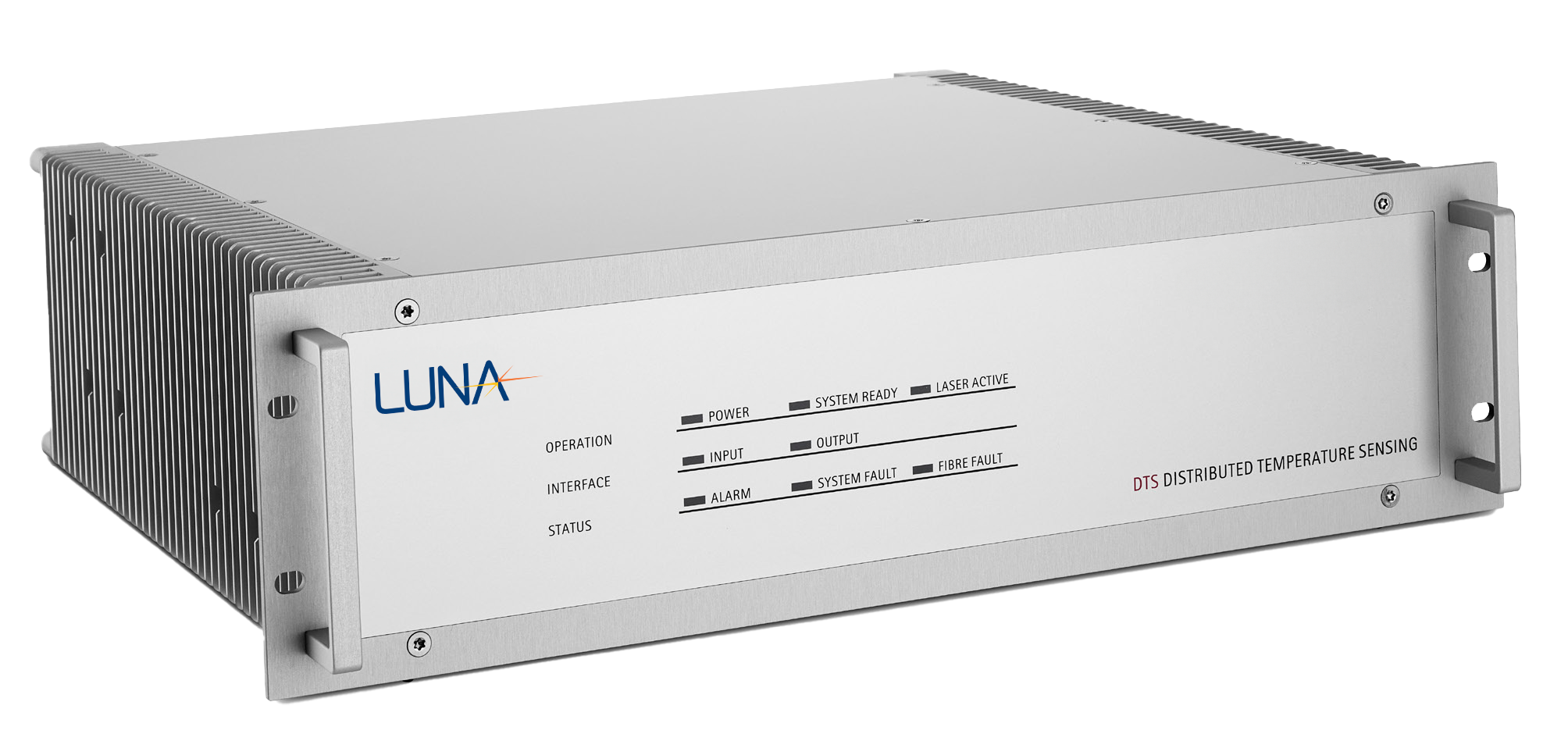All Luna sensing systems use optical fibers as sensors and gives you continuous and accurate monitoring of temperature, strain and acoustics over long distances or across large surfaces – at the speed of light.
As every installation is unique, the ideal sensing solution should be designed specifically to your installation. With more than 20 years’ experience in designing sensor cables and systems for a wide range of applications, we make sure you get the perfect mix of hardware and software.
Protection from environmental impacts
Because of the – often harsh – environments, the sensor needs protection that increases the mechanical stability.
FIMT is a hermetically sealed, rugged construction for very long sensor lengths. It is particularly effective in protecting against hydrostatic pressures, high temperature effects, and corrosive environments.

Excess Fiber Length protects against stress and strain
The Excess Fiber Length is an important parameter when talking FIMT. The sensor is exposed to drastic and rapid changes in temperature and pressure. The Excess Fiber Length (EFL) ensures continuous, robust performance across all operational conditions.
It works like this: An amount of excess fiber is loaded into the metal tube during manufacturing to relieve induced stresses directly related to different coefficients of thermal expansion of the materials in FIMT construction. Depending on your requirements, the EFL is adjusted to fit your system.
Thorough quality checks ensure a reliable sensor
The FIMT is manufactured from a special stainless-steel strip. During the manufacturing process, this strip is formed to a tube and welded along its length. The stainless-steel tubes are hermetically sealed, and the entire length of weld seam is subjected to a leak proof test by means of eddy current testing.
During the drawing process, the desired final diameter of the FIMT is attained. Cold conversion increases the strength. During the manufacturing process, the optical fibers – distinctly differentiated by color codes – are inserted into the tube.
At the end of the production process, the tubes are subjected to a complete optical attenuation measurement. Each length undergoes a weld penetration test, each weld seam undergoes a leak test, and the Excess Fiber Length is checked.
What are your FIMT requirements?
Depending on your needs, FIMT cables can:
- contain single-mode or multi-mode fibers
- hold individual or multiple fibers
- have an outer diameter from 1 to 6.3 mm
- have different effective wall thicknesses
- be wrapped in a single steel-layer or multiple steel-layers
FIMT may serve as the core for various fiber optic sensor cable constructions or it may be integrated into high voltage cable designs directly.
We offer a variety of high quality FIMT constructions perfectly suitable for distributed temperature sensing applications along power cable transmission systems.
Our knowledge is based on a wide range of special applications. We are eager to talk with you about your needs.



